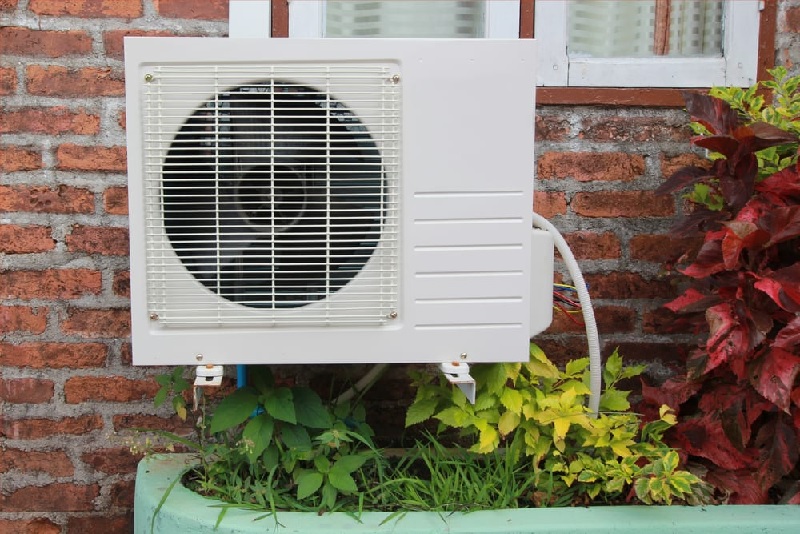Nothing makes your trips cozier than a recreational vehicle (RV). These vehicles have an onboard water system, one of the key camper essentials you need. The water system is comprised of a sink, shower, and toilet. You get clean water to drink, wash, cook, bathe, and flush your toilet with. Here’s everything you need to know about RV water tanks:
What Are the Three Types of RV Water Tanks?
An RV vehicle has three types of water tanks located on its underside. Each tank keeps everything running smoothly to make your travels enjoyable.
Fresh Water Tank
An RV fresh water tank is the tank of sustenance. It holds and supplies fresh water in your kitchen and bathroom faucets. You drink the water and use it for cooking, washing, bathing, and flushing your toilet while off the grid.
Stop at an RV camping site or park and connect to city water to fill your freshwater tank. Then hook up your rig to the supply system using a potable water hose. Your RV’s water pump and the water pressure regulator at the site help fill your water tank.
From the tank, the water flows through your RV’s plumbing system to your sinks, showers, and toilets. Depending on your RV’s size and design, the tank supplies up to 100 gallons of fresh water for your everyday needs.
Gray Water Tank
The gray water tank holds refuse water that flows down the sinks and bathroom drains. It’s the water you get after washing your hands, dishes, clothes, or the shower. The water sits in the tank until you dump it at a designated sewer.
RV gray water tanks don’t emit odor as they have strong resin material buildup. To keep it that way, empty and clean your gray water tank regularly.
Gray water tanks vary in capacity from one RV to another. Most of them have capacities ranging between 40 and 50 gallons. Be sure to find one that meets your needs.
Black Water Tank
Anything you flush down the toilet goes to a black water holding tank. It contains solid and liquid waste from your toilet until you empty it in a sewer dump.
Flush your toilet with water after each use to help break and push the solid waste into the tank. If you like, place a deodorizer in the tank to neutralize odors. The deodorizer can also help break down junk to allow for easy emptying.
Most black water tanks have 40- to 70-gallon capacity, but this varies depending on your RV. Unlike bigger RVs, smaller ones often combine gray and black water tanks to save space.
How to Maintain Your RV Water Tanks
A functional RV plumbing system is one of the top camper essentials you should have for your trip. Your fresh water tank should be clean as it supplies water for everyday use. The black and gray tanks require maintenance to keep you and your family comfortable. Here are a few tips and tricks for keeping your tanks clean:
- Use household bleach to clean your fresh water tank.
- Sanitize the water when filling it up to keep it safe for drinking or cooking.
- Dump your wastewater (black and gray) tanks monthly or every time you notice an odor.
- Use single-ply toilet paper in your water tanks to avoid clogging.
- Sanitize your black and gray water tanks with the proper cleaning supplies after dumping and cleaning. This process helps get rid of tank odors.
- Winterize your RV water tanks to keep the plumbing system in good shape for cold weather.
- Repair your RV water tanks in time to boost lifespan.
- Don’t put food materials in the sink to avoid blocking the drain pipes.
Get Quality Camper Essentials for Your RV Today
An RV provides a home-like experience for your friends and family while off the grid. It lets you travel across camping sites while making fun memories. To achieve this, get the right camper essentials for your RV. These tools help keep your RV in the best condition possible to make your travels enjoyable.












